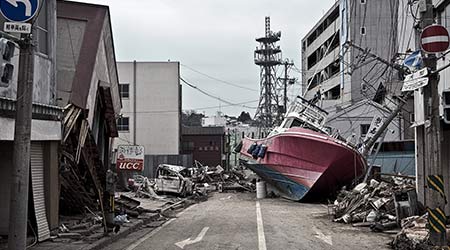
Resilient Buildings: Congress Takes a Closer Look
September 11, 2018
A recent exploratory report from the National Institute of Standards and Technology (NIST) presents the necessary areas of focus to transform the nation’s building stock to be disaster resilient.
The U.S. Senate Committee on Appropriations requested the exploratory report, Research Needs to Support Immediate Occupancy Building Performance Objective Following Natural Hazard Events (NIST Special Publication 1224) in 2017. The report considers the necessary steps to ensure that all building types remain functional in the face of all natural hazards.
The focus of the NIST research is a building that not only can not crumble in a disaster, such as an earthquake, but can remain operational. Where current codes focus on making sure buildings do not kill occupants during an emergency event, moving building practice beyond the current code could yield an immediate occupancy (IO) capability in buildings.
This level of resiliency is not aiming for an infallible building that can withstand fires, hurricanes, and other disasters and continue operating normally. Rather, it would preserve critical and basic functionality that would protect business and social continuity.
As seen in recent natural disasters, once a storm has passed, the damage caused by the event is compounded when people can not go to work or school or access basic services, such as water or electricity. Buildings that are built for immediate occupancy would mitigate such negative compounding effects.
Beyond pure physical building measures, the report also considers that for an IO performance objective to work, factors such as community needs, economic and social impacts, and working on acceptance of a new construction and operation paradigm would be needed.
This Quick Read was submitted by Naomi Millán, senior editor, Building Operating Management.
Next
Read next on FacilitiesNet












